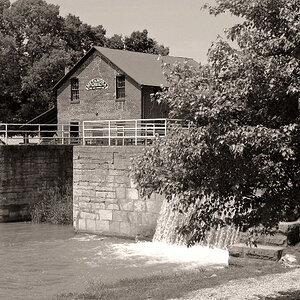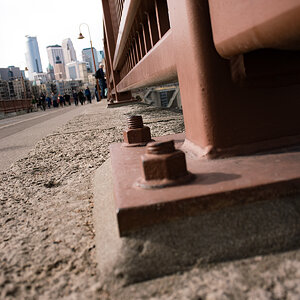MBasile
TPF Noob!
- Joined
- Apr 30, 2008
- Messages
- 362
- Reaction score
- 3
- Location
- Sunnyvale, CA
- Website
- www.matthewbasile.com
- Can others edit my Photos
- Photos NOT OK to edit
Can someone please explain what "digital technology" lenses are? Sony is branding all of their newer lenses as DT lenses, meaning they are optimized for the APS-C sized sensors, but what does this mean? What is the advantage?
Reason I ask is because they have a 50mm f/1.4 prime lens, as well as are introducing a 50mm f/1.8 DT prime lens for less than half the price and I'm wondering which path to take...
Thanks in advance!
Reason I ask is because they have a 50mm f/1.4 prime lens, as well as are introducing a 50mm f/1.8 DT prime lens for less than half the price and I'm wondering which path to take...
Thanks in advance!


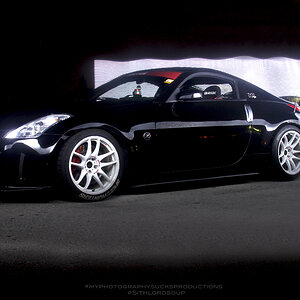



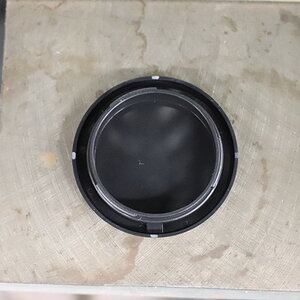
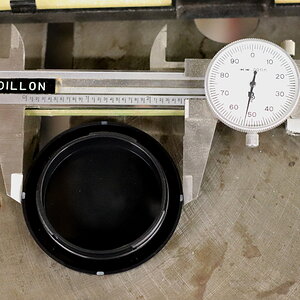
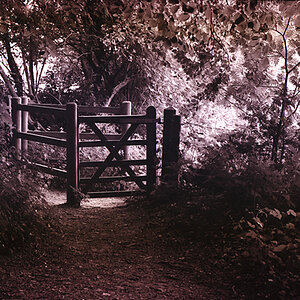
![[No title]](/data/xfmg/thumbnail/36/36601-26ec0a53712c5470af53be9652811a6e.jpg?1619737641)
